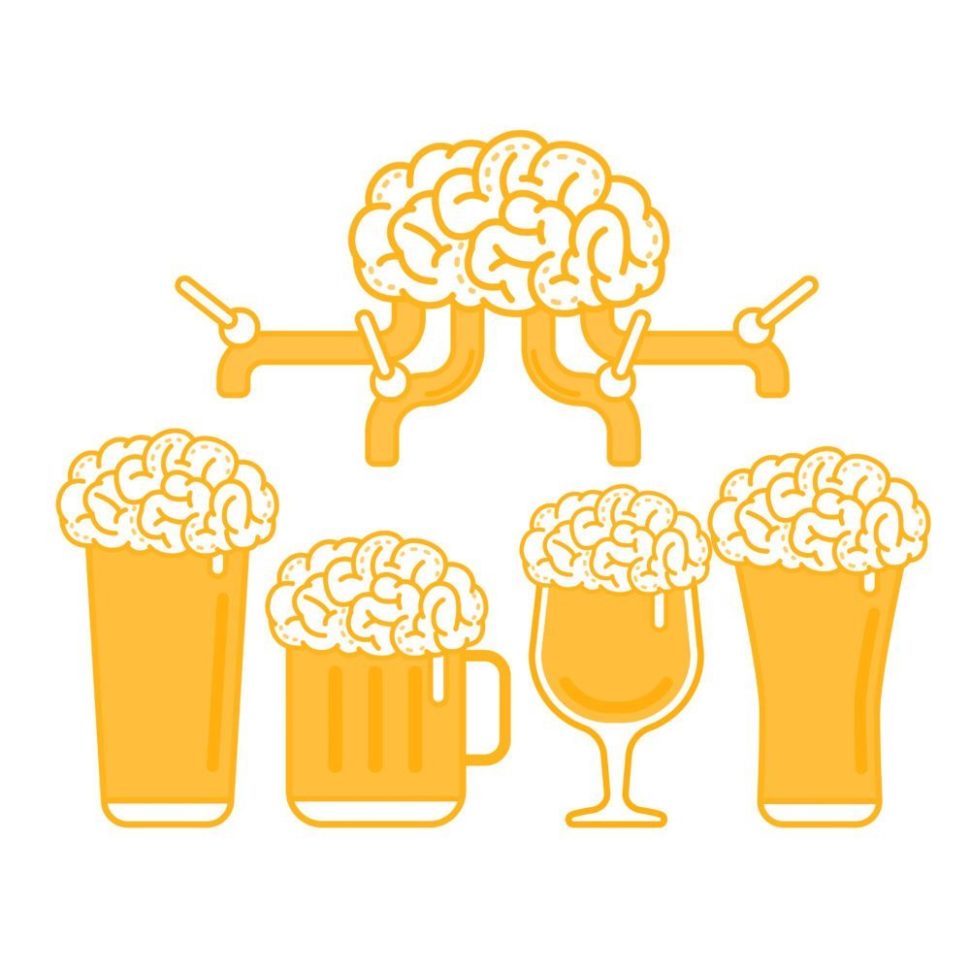When tagging a photo on Facebook, an AI algorithm suggests who’s in it before you can type their name, and more practical speech recognition software is being integrated into a variety of devices. AI-dependent technologies like these have improved considerably in the last few years, partially due to advances in Deep Learning. Now, Neural Networks are learning to reason like a human.
Deep learning uses AI neural networks to solve problems from input data.
Researches “train” neural networks by inputting a particular algorithm and subject data, and then ask the AI to solve a particular problem using the given data. A system of interconnected nodes all run separate processes and compare results until the closest approximation to the desired outcome is reached.
In essence, the computers are given tools with which to teach themselves.
“the AI predicted with 96%, 95%, and 80% accuracy how users rated a beer’s appearance, aroma, and palate, respectively.”
Limitations of Deep Learning AI
While deep learning systems are robust and impressive, the decisions they make are sometimes difficult for researchers to understand. This loss in translation is a growing source of concern and anxiety regarding what deep learning systems can handle, and how exactly they handle it.
According to Tommi Jaakkola of MIT, deep learning is “tremendously flexible in terms of learning input/output mappings, but the flexibility and power comes at a cost. That is that it’s very difficult to work out why it is performing a certain prediction in a particular context.”
He continued by explaining that “this becomes a real issue in any situation where there are consequences to making a prediction, or actions that are taken on the basis of that prediction,” Jaakkola said.
To Think Like a Human, Rate Beer
A team of researchers from MIT’s Computer Science and Artificial Intelligence Laboratory (CSAIL) is developing a new method that trains neural networks to make decisions, predictions, and classifications in a more structured and “rational” manner.
The researchers trained the neural network using textual data extracted from a website where users rate different beers. Users left written reviews as well as ratings using a 5-star scale.
“He was a wise man that invented beer.” – Plato
The team began by splitting the neural network into two separate modules. The first was tasked with taking excerpts and evaluating them based on length and how coherent they were. The second network was subsequently tasked with classifying the texts and making predictions based on them.
Using this multi-tiered analysis, the researchers were able to make the AI’s results more understandable by essentially teaching it to reason along the same lines as the human reviewers.
Based on congruency with the human reviews, the AI predicted with 96 percent, 95 percent, and 80 percent accuracy how users rated a beer’s appearance, aroma, and palate respectively.



















Comments (0)
Most Recent